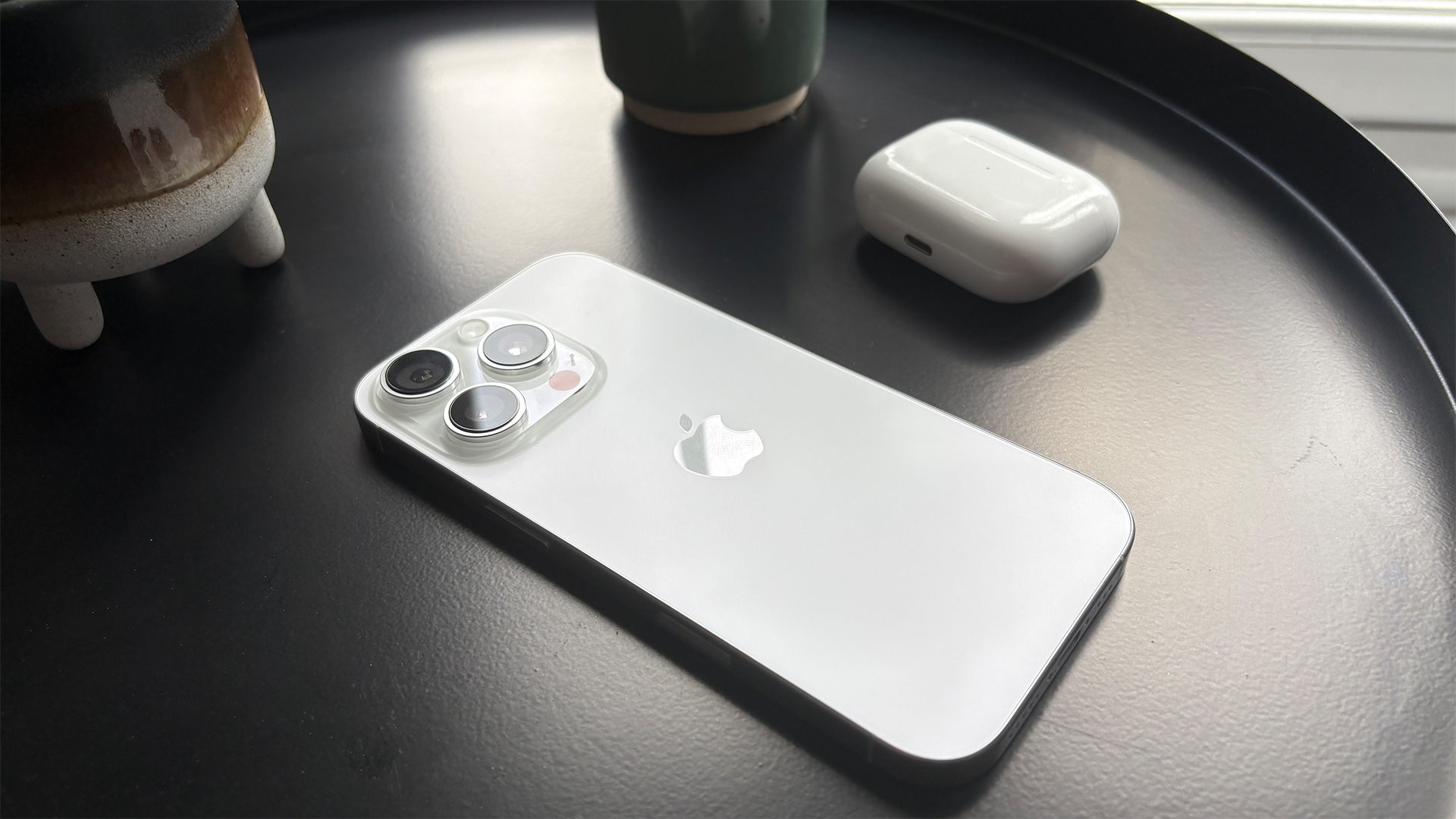JBL Flip 7 vs JBL Charge 6: which Bluetooth speaker is best for you?
The battle of the five-star JBLs
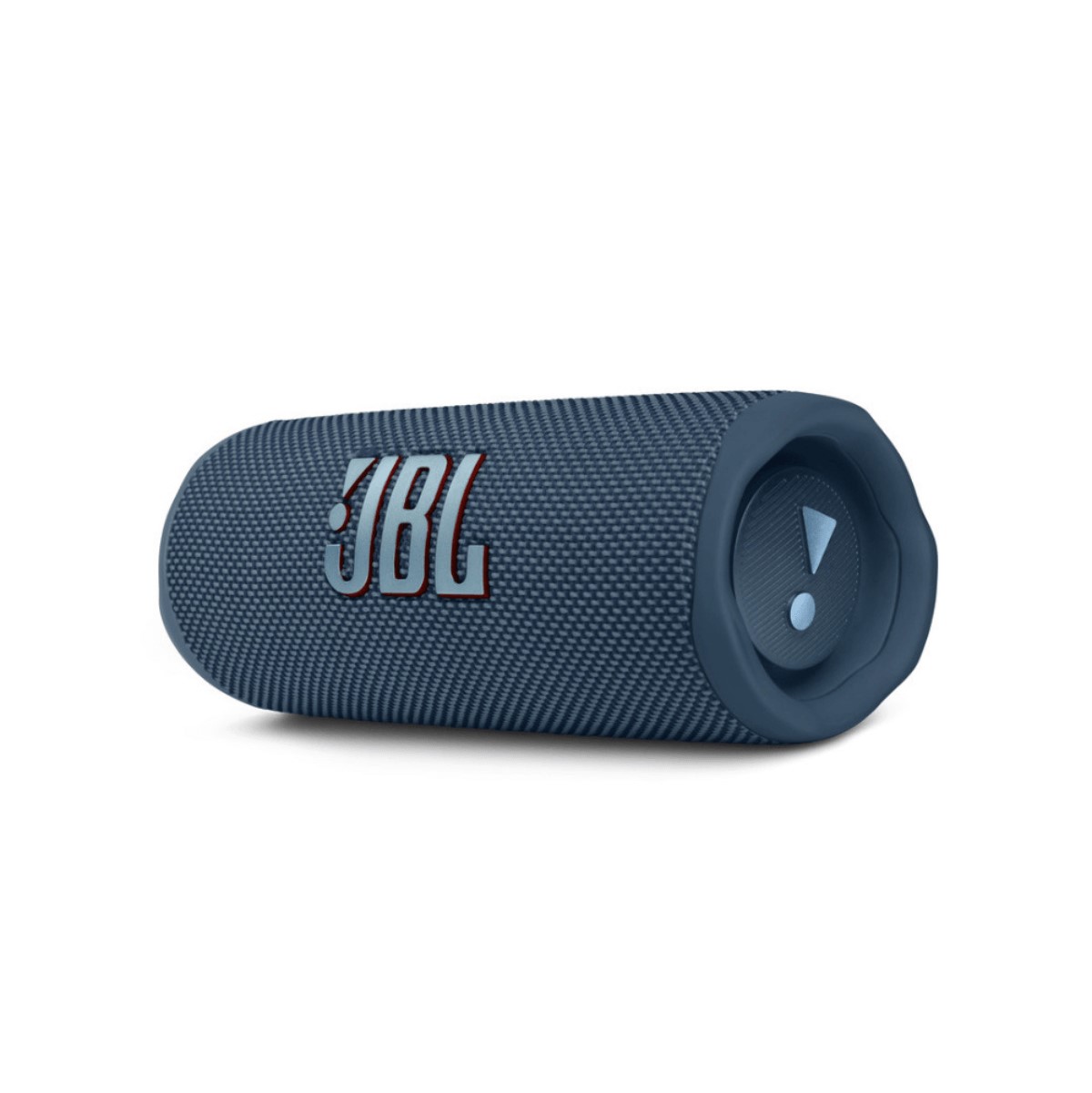
Power: 35 watts
Bluetooth: 5.4
Features: Auracast audio sharing, IP68 rating, lossless audio via USB-C, AI Sound Boost, stereo pairing
Battery Life: 14 hours; 16 hours with Playtime Boost
Dimensions (hwd): 6.9 x 18.3 x 7.1cm
Weight: 560g
JBL has made what we feel is the best Flip ever with its seventh-generation iteration of the popular line. More durable, feature-laden and sonically capable than before, it's easy to recommend the Flip 7.
For
- Clearer, more insightful and more dynamic than befor
- Excellent build quality, more portable than Charge 6
- Feature set includes Auracast and lossless wired audio
Against
- Can't pair with older generations
- Charge 6 goes louder and prouder
- Charge 6 has more features and longer battery life
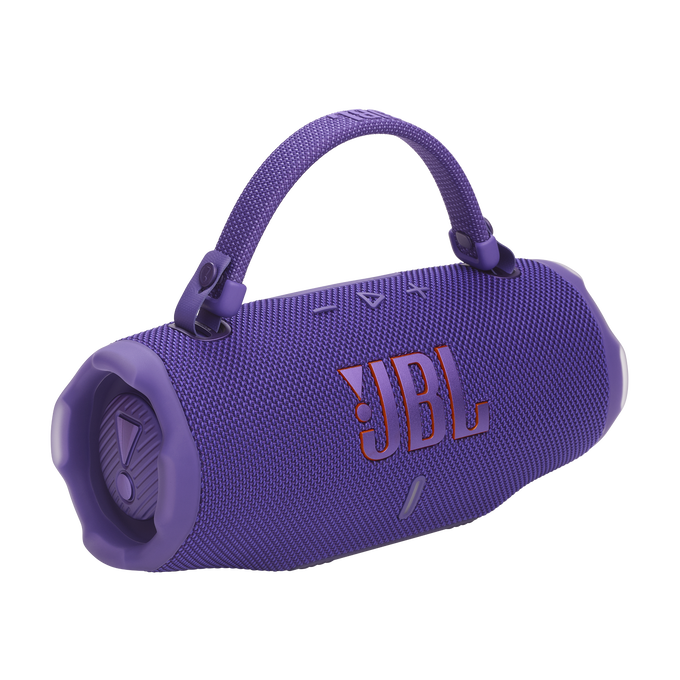
Power: 40 watts
Bluetooth: 5.4
Features: Powerbank, Auracast audio sharing, IP68 rating, lossless audio via USB-C, AI Sound Boost, stereo pairing
Battery Life: 24 hours; 28 hours with Playtime Boost
Dimensions (hwd): 9.8 x 22.9 x 9.8cm
Weight: 960g
Canny tweaks and additions have made the Charge 6 a worthy successor to its Award-winning fifth-generation antecedent. Sonically, it's better than ever, while an expanded feature set and a handy carry strap add improved overall appeal.
For
- More powerful and punchy than the Flip 7
- Clearer and more detailed than previous generation
- Better battery and more features than the Flip
Against
- No USB-C cable in the box
- Less portable than the Flip
- Flip 7 offers a choice of carry accessories
JBL's time at the top of the best Bluetooth speakers charts continues. Any concerns that the American brand couldn't keep up its spectacular run of portable wireless units have been assuaged with the arrival of the new JBL Flip 7 and the Charge 6, two portable units that have shouldered the weight of expectation to deliver the sonic goods once again.
That was never going to be easy. The outgoing JBL Flip 6 is a five-star performer, whereas the Charge 5 is a multiple What Hi-Fi? Award winner practically without equal at its price point. Each respective successor has lived up to the family name, but if you're looking to buy either one, it's not enough to know that fact.
What you truly want to discover is which is right for you; and that, happily, is where we come in.
JBL Flip 7 vs JBL Charge 6: price
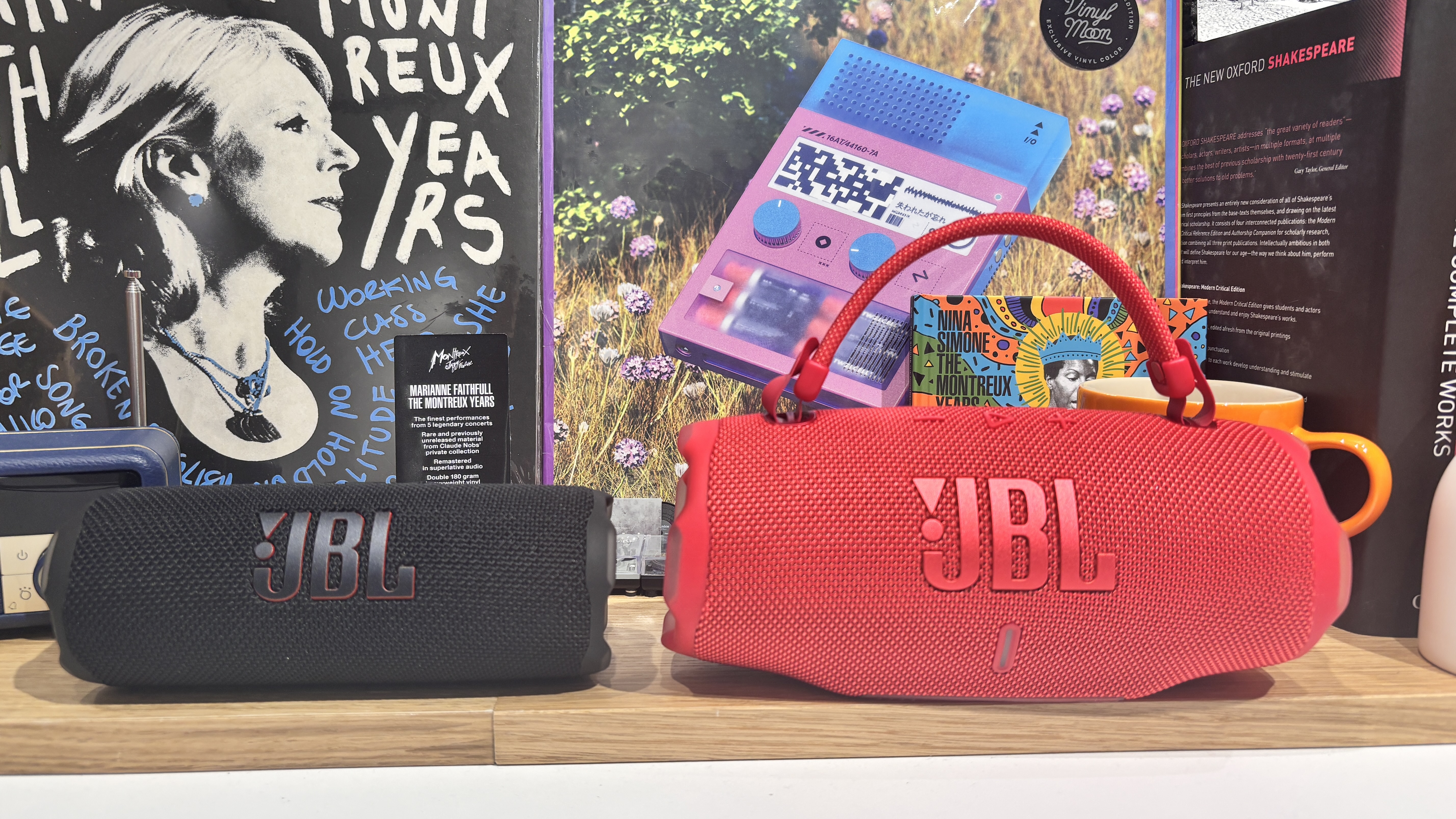
The JBL Flip 7 has the same £130 launch price as the Flip 6, although at $150, it has gone up a little in the US. For the lucky old Aussies, the Flip 7 costs AU$170, making it AU$30 cheaper at launch than its predecessor's original AU$200 RRP.
The Charge 6 has seen a wholesale price hike over its predecessor, setting you back £170 / $199 / AU$200. That's still a fairly reasonable outlay for such a great Bluetooth speaker, but it's £10 more for UK buyers and $20 more if you're in the US. If you are in Australia, that starting price remains unchanged from one generation to the next.
While the Charge 6 is more expensive than the Flip 7, £40 / $50 / AU$30 isn't a colossal difference if you want to make the jump to a larger model. Either way, the Flip 7's lower price nabs the victory hear if affordability is high on your wish list.
** Winner: JBL Flip 7**
JBL Flip 7 vs JBL Charge 6: design
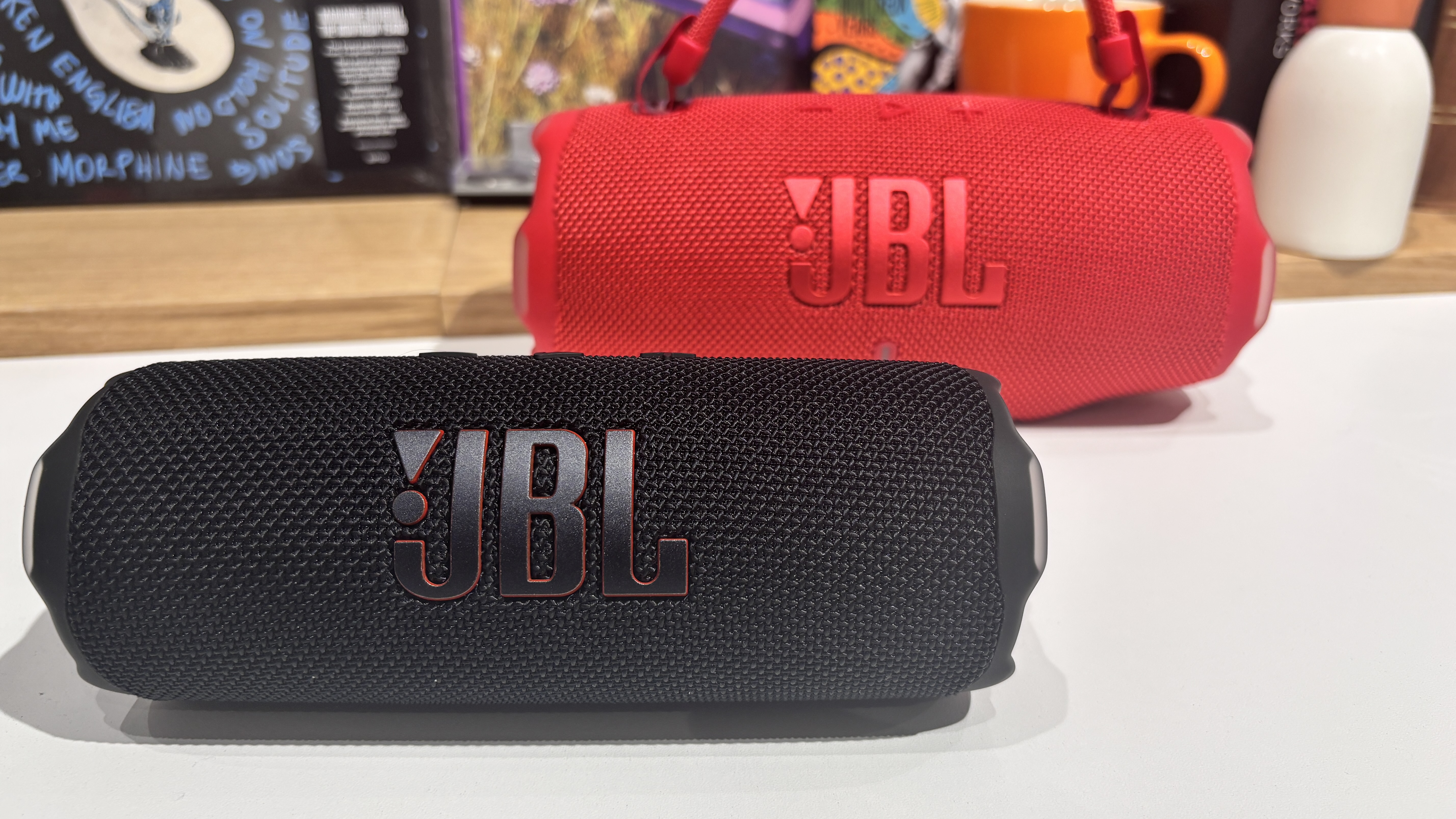
If you don't know the difference between the Flip 7 and the Charge 6, let's make it simple. The bigger, chunkier one with the carry handle? That's the Charge. The smaller tube with the interchangeable carry loop accessories? That's the Flip.
Being JBL speakers, both are extremely well made and their rugged, durable design means they can withstand bad weather, serious knocks and drops. The smaller Flip 7 is a lovely item in hand, retaining that compact burrito shape that has defined the Flip series, with accented rubber edges and passive radiators pulsing away at either end of the speaker when you put on your bassiest tracks.
The Charge 6 is a larger, more bulky unit, with larger passive radiators and a good deal more power. The slightly flattened bottom is adorned with non-slip rubber ridges which replace the diagonal slants of its predecessor, while there are also similar rubberised bumper edges at either end of the portable speaker.
Size isn't the only difference. The Flip 7 offers a choice of either a small fabric finger loop or a carabiner hook to aid its portability credentials. Attaching or detaching accessories is akin to clicking in a seatbelt – each attachment slots into a recessed port on the unit’s underside and can be popped out using an adjacent release button. The Charge 6, alternatively, sports a new detachable carry strap which we have found handy for lugging the Charge 5, especially if you have small hands and can't fit a single mitt around the speaker's large frame.
Don't worry about the elements, as JBL's duo are built to withstand a great deal of punishment. Both sport a mighty IP68 dust and waterproof rating, meaning you'll be able to submerge them in more than 3ft of water for at least 30 minutes, while dust and foreign particles of practically any size won't be able to enter either one.
All other things aside, this is about preference and use case. If you need something light and portable, go with the Flip 7. If you want something more robust and substantial that will, as we'll see, go louder and offer a bit more sonic refinement, the Charge 6 is the one to pick.
** Winner: Draw**
JBL Flip 7 vs JBL Charge 6: features
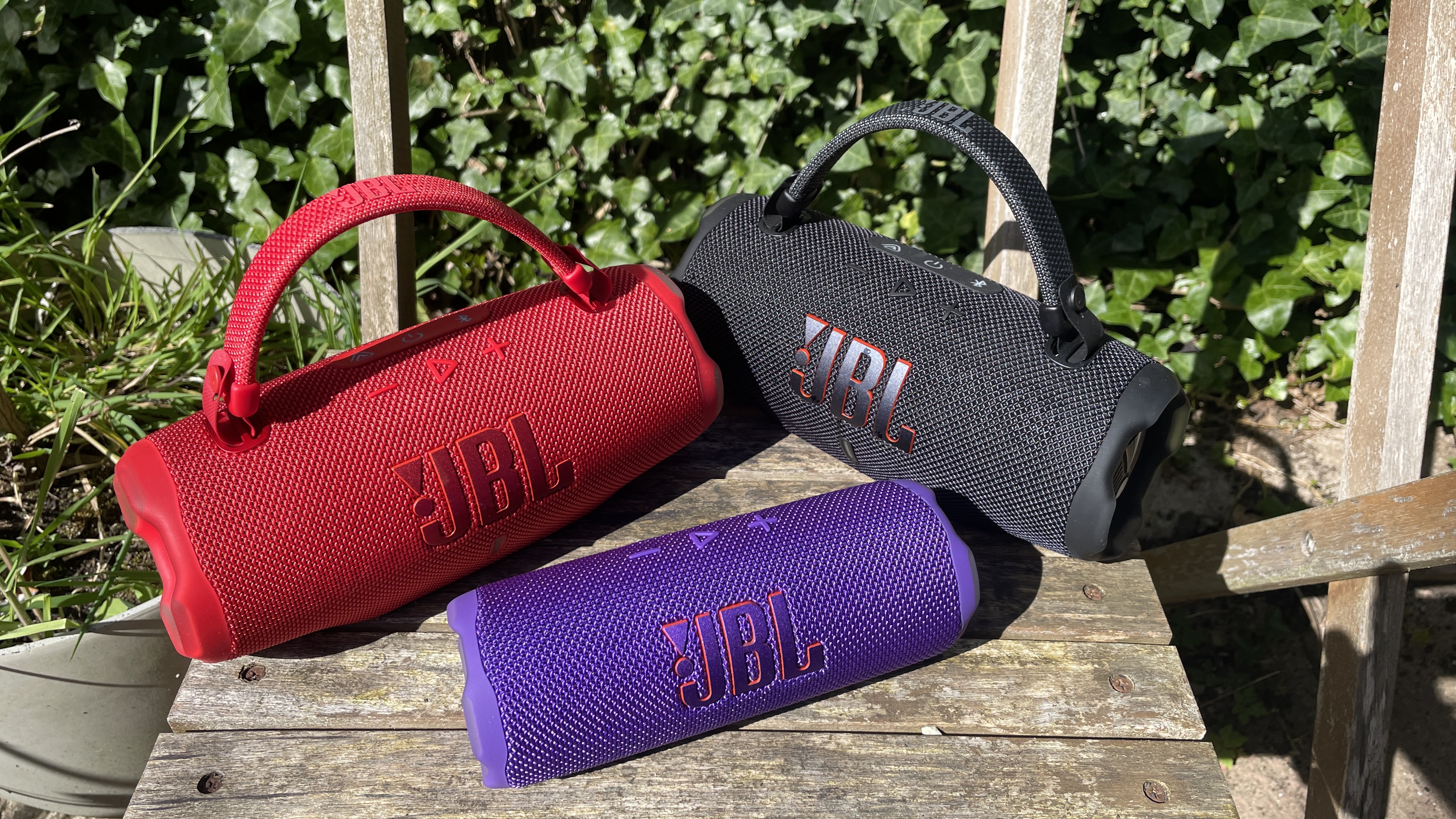
Both the Flip 7 and the Charge 6 have taken things to the next level when it comes to cutting-edge features. Both speakers offer Auracast functionality, the clever Bluetooth tech which lets you pair two units together in stereo or hook up multiple Auracast-compatible units in tandem.
You can add a near-infinite number of recent JBLs together in party mode if you so choose, though it’s worth reiterating that you can’t hook up a Flip 6 or a Charge 5 with a bunch of newer JBL speakers to form one big party – their lack of Auracast capabilities excludes them from such meet-ups. The Go 4, the Xtreme 4 and the Clip 5, plus our two newbies featured here, can all be tethered together using the clever tech.
JBL has bolstered the battery life of its latest duo of Bluetooth speakers, though there’s a small caveat. The JBL Flip 7 will grant you 16 hours of playtime on a single charge – four more than the outgoing Flip 6 – but we find that such figures are generally achieved only with JBL’s ‘Playtime Boost’ mode switched on or the volume turned low. If you do choose 'Playtime Boost' to extend your speaker’s battery life, note that this will affect the audio quality by sucking out a bit of its lower-end bass clout.
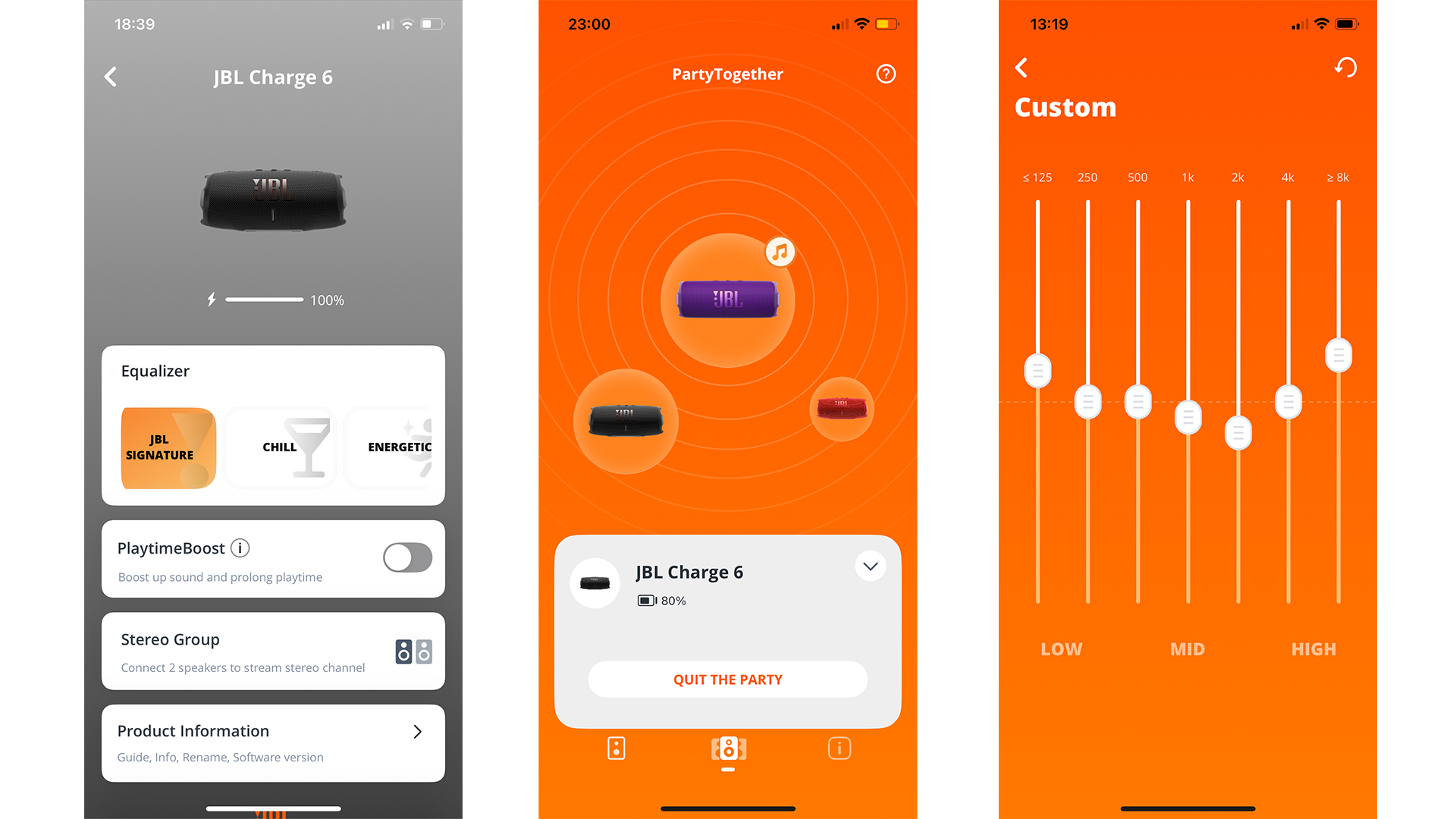
The Charge 6, meanwhile, grants 24 hours of juice (a step up from the Charge 5’s 20 hours), whereas enabling Playtime Boost will give you an additional four hours before you run dry. As its name suggests, the sixth-gen Charge doubles as a powerbank for juicing up your smartphone or other portable device, a feature not found on the Flip.
Neither of these speakers has a 3.5mm auxiliary input, but what they do have is 24-bit/96kHz lossless audio playback via USB-C and a suitable source player. This isn't a hard thing to access, either – hold down the ‘play’ button on either model as you plug in a USB-C cable and an upbeat chime will signify that you’re listening in wired playback mode.
Both use the JBL Portable App, not to be confused with the new JBL One app for managing the likes of the Authentics series of wireless speakers, various soundbars and many of JBL’s Party Speakers. It’s a decent platform that grants access to a customisable equaliser, party mode speaker curation, settings management and access to key vitals such as your portable buddy's battery life.
This is a close one. The clincher, though, is the Charge 6's better battery life and that super-handy powerbank capability.
** Winner: JBL Charge 6**
JBL Flip 7 vs JBL Charge 6: sound quality
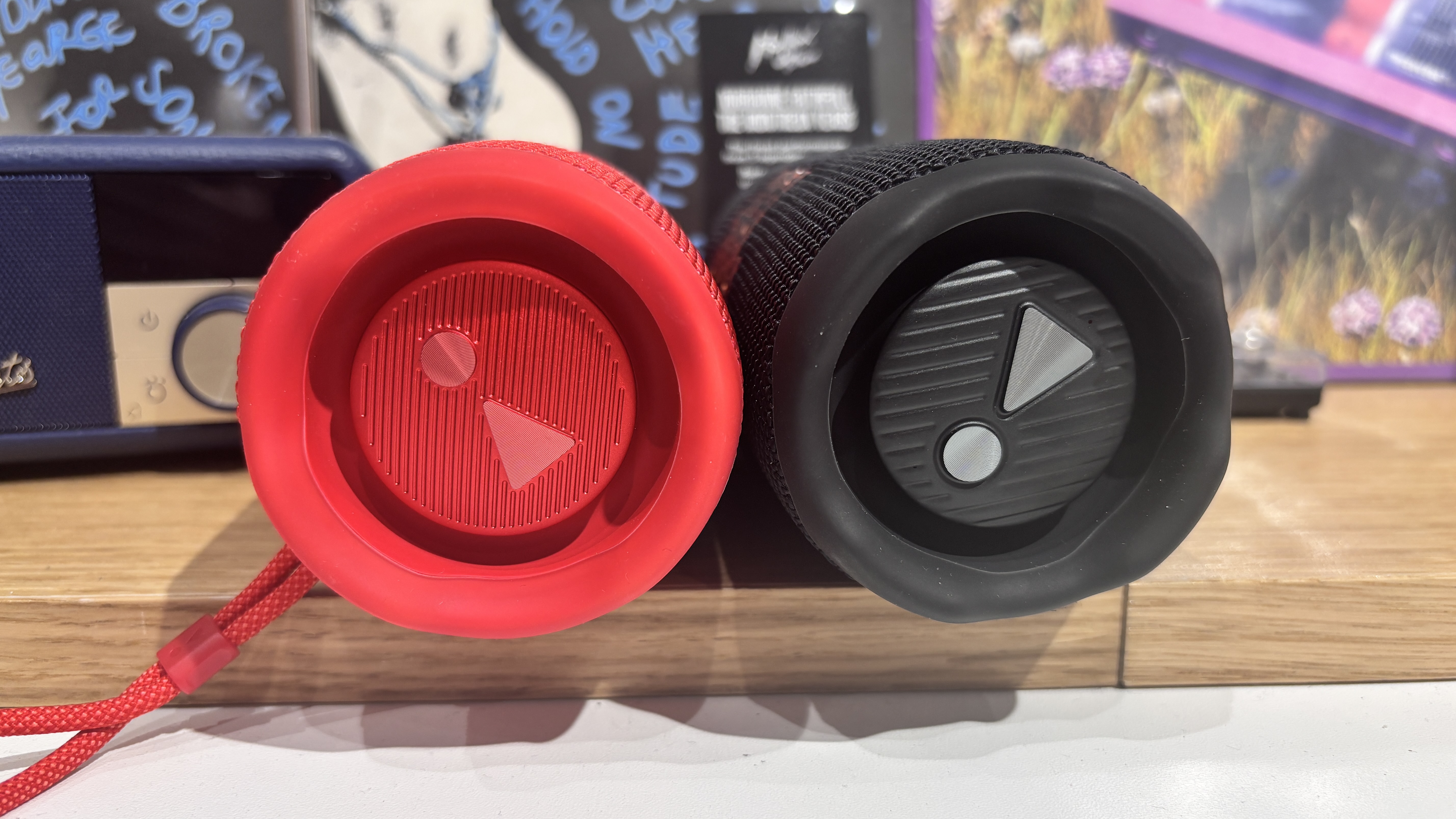
Just as the Flip 7 and Charge 6 excel across build and features, they're excellent sonic value for the money. JBL teases a crisper, clearer high-frequency reproduction thanks to the seventh-gen Flip's updated tweeter dome design, while the Charge 6 has a 20mm tweeter and a newly developed woofer that aims for deeper and more powerful bass than previous generations could muster. Both speakers also make use of JBL's AI sound boost algorithm for analysing and improving their sonic output in real time.
The results are excellent. The Flip 7 is a clear improvement on the Flip 6, blending spaciousness and energy with strong levels of detail and clarity. The Flip 7 is a smooth and surprisingly refined operator, rounding off the rough edges of hard notes and tricky recordings without overly softening your music or robbing it of its essential spirit.
Naturally, the Charge 6 knocks things up a gear. The Flip 7 offers impressive bass reproduction – far more than its antecedent – but you'll get far greater lower-end clout from the larger Charge unit. That's no surprise, nor is the generally more powerful and far-reaching audio that the Charge 6 can muster – if you're in a large room or plan on taking your JBL out to the park and want the sound to carry, the bigger brother is the logical choice.
The Flip 7 is adept at putting you in the picture with good insight, clarity and detail. As we state in our review: “Instruments enjoy more bite and body this time around, with music benefitting from a layered, uncluttered soundscape that sounds professional and capable without losing out on a feeling of fun.” Impressive stuff.
The Charge 6, as you might expect, doesn't miss out on the vital details either, all while bringing plenty of punch and dynamism to the party. To quote from our review: "The Charge 6 is that bit more energetic and rhythmically driven than before, with a newfound sense of clarity going hand-in-hand with the added dose of power and punch. This is a sound that goes far beyond the confines of its portable dimensions, and we’re always struck by just how mature the sound balance is, even as you push the volume up." Sonically, it's a step up from the Flip 7, with that bit more openness, detail and clarity alongside the added muscle.
USB-C wired listening works well on either model. The Flip 7’s clear qualities are amplified by the addition of lossless audio via USB-C, so that digging out compatible tracks on Tidal reveals a more open, detail-rich performance that benefits from greater precision and clarity. It's the same effect with the Charge 6 – wired listening grants more detail, less background noise and a greater knack for bringing out those tricky dynamic shifts.
Both are superb candidates audio-wise, but if performance and power are priorities over compact portability, it's the Charge 6 all day.
** Winner: JBL Charge 6**
JBL Flip 7 vs JBL Charge 6: verdict
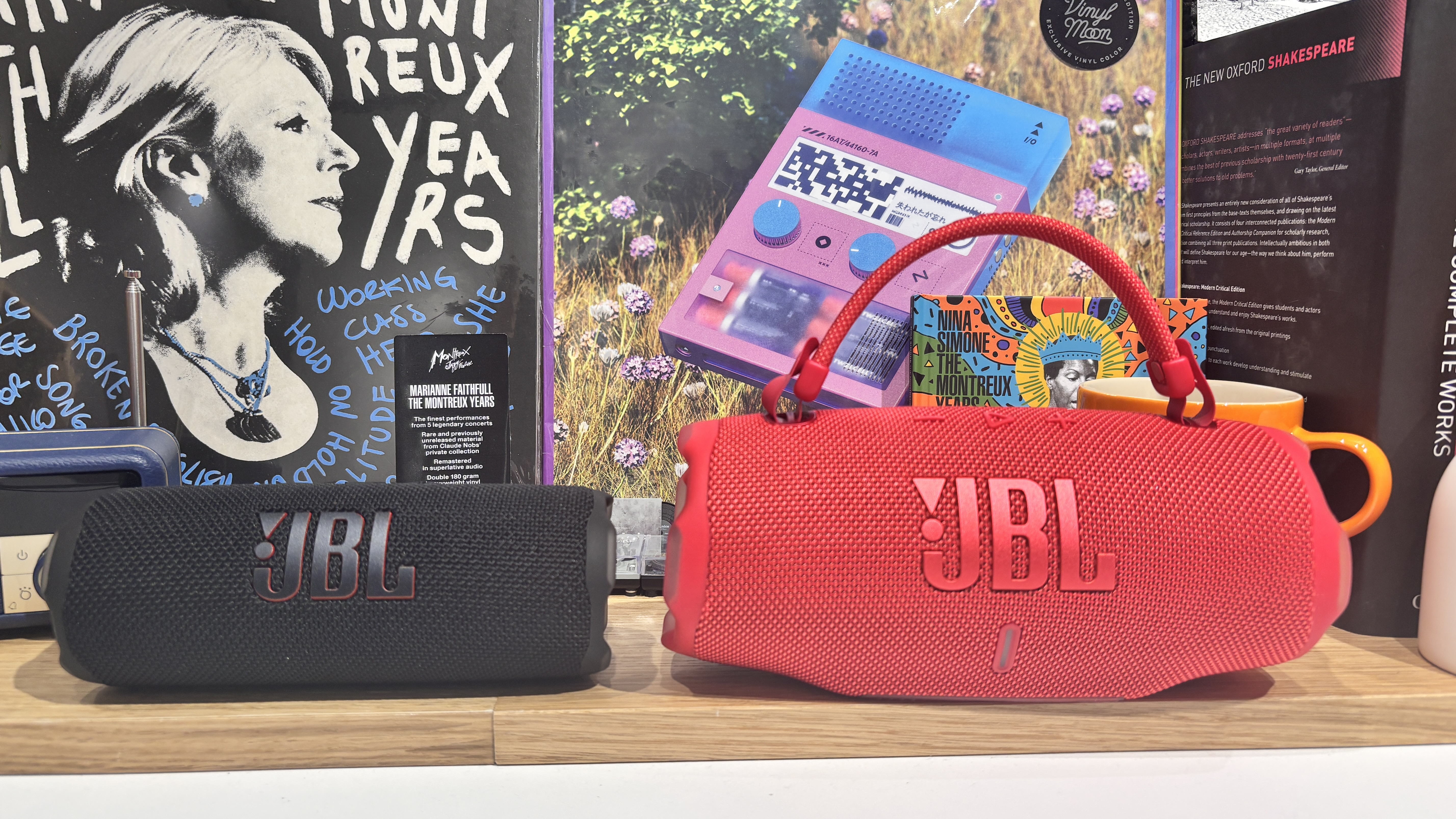
There is no doubt in our minds how good these Bluetooth speakers are for their size and price. For their great build quality, features and sonic performance, we can recommend either one at its given price point. In terms of beating similarly shaped or priced competitors, both the Flip 7 and the Charge 6 have the credentials to take on practically all comers.
These aren't portable speakers vying for the same spot in the market, of course. The Flip 7 is the one to pick if you prioritise portability but still want some sonic punch and finesse, not to mention all of the new features that come with a seventh-generation JBL speaker. The Charge 6 isn't what you might term 'un-portable' any more thanks to its carry strap, but it's the speaker you go for if you want more power and potency than the Flip 7 can provide.
Both are excellent models for the money, so this one comes down to your preference, budget and envisioned use case. Either way, we think you won't be disappointed with either of these two JBL Bluetooth speakers.
MORE:
Check out the Flip 7 vs the Flip 6
These are the best Bluetooth speakers you can buy
And the best wireless speakers
Get the What Hi-Fi? Newsletter
The latest hi-fi, home cinema and tech news, reviews, buying advice and deals, direct to your inbox.

Harry McKerrell is a senior staff writer at What Hi-Fi?. During his time at the publication, he has written countless news stories alongside features, advice and reviews of products ranging from floorstanding speakers and music streamers to over-ear headphones, wireless earbuds and portable DACs. He has covered launches from hi-fi and consumer tech brands, and major industry events including IFA, High End Munich and, of course, the Bristol Hi-Fi Show. When not at work he can be found playing hockey, practising the piano or trying to pet strangers' dogs.
You must confirm your public display name before commenting
Please logout and then login again, you will then be prompted to enter your display name.
